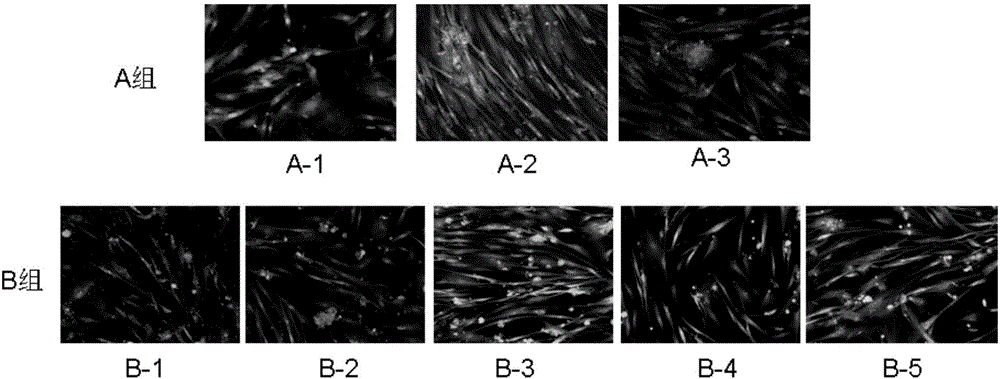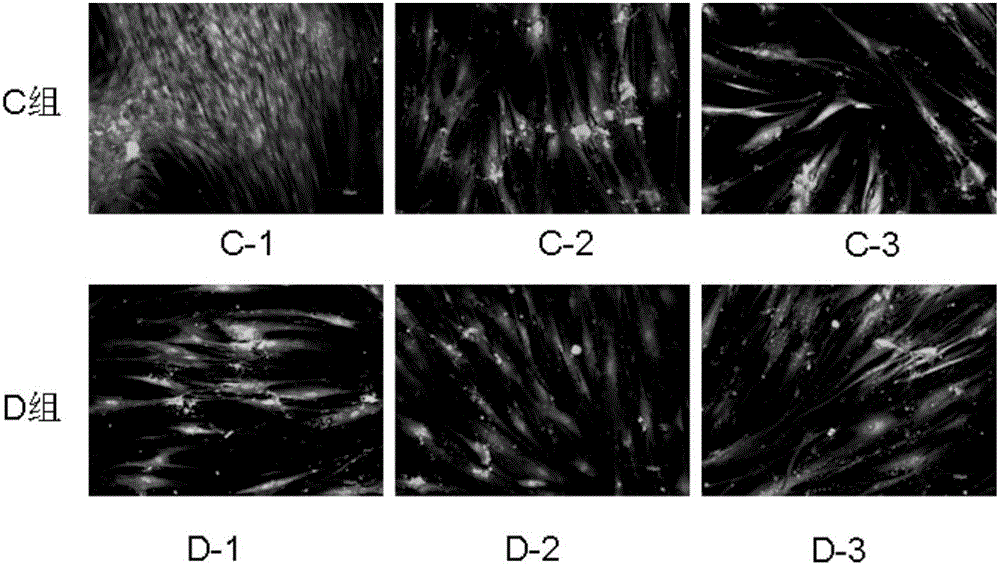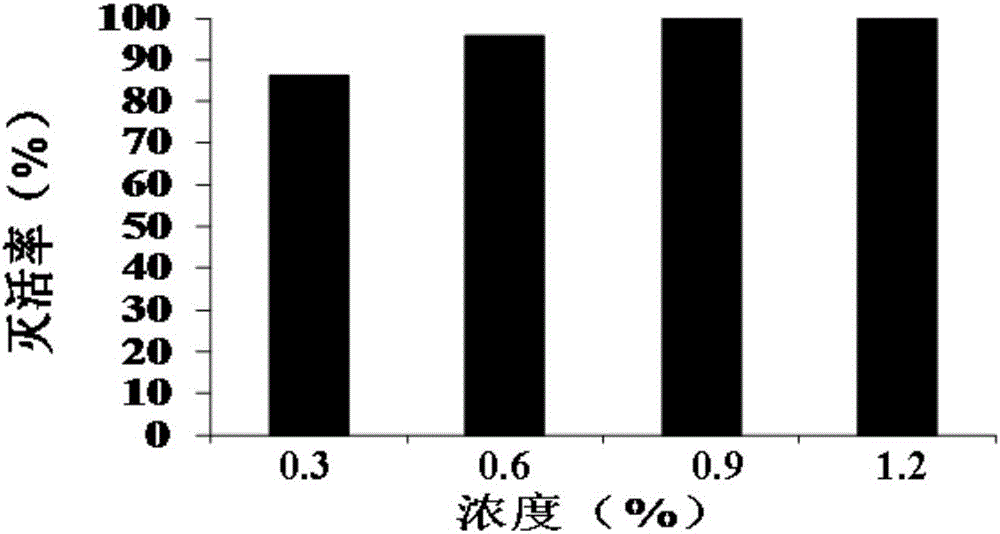Antimicrobial macromolecule with biocompatibility
A biocompatible and antimicrobial technology, applied in the direction of organic active ingredients, medical preparations containing active ingredients, anti-infective drugs, etc., can solve the problem of inability to kill bacteria, limited application range, and inability to apply microbial wound disinfection and anti-infection , Disinfection of medical equipment and environmental disinfection
- Summary
- Abstract
- Description
- Claims
- Application Information
AI Technical Summary
Problems solved by technology
Method used
Image
Examples
Embodiment 1
[0050] A preparation method of a biocompatible antimicrobial polymer:
[0051] In the first step, DMF, hydroxyethyl methacrylate and initiator are respectively added into a round bottom flask equipped with mechanical stirring, wherein the concentration of the initiator is 2wt%. The mixed system was reacted at 65° C. for 24 hours. After the reaction, the product was precipitated with ether and washed to obtain a polymer intermediate.
[0052] In the second step, the polymer intermediate in the first step is reacted with 5-chloro-1-pentene under acid catalysis to obtain a graft polymer. In the acetonitrile solvent, the grafted polymer and the tertiary amine are refluxed for 24 hours, extracted, concentrated and dried under reduced pressure to obtain a biocompatible antimicrobial macromolecule.
[0053] The biocompatible antimicrobial macromolecule prepared by the present invention has a straight-chain polyhydroxyethyl acrylate macromolecule as a skeleton, has a molecular weight...
Embodiment 2
[0055] A preparation method of a biocompatible antimicrobial polymer:
[0056] In the first step, add 0.1mol methacrylic acid and 0.3mol pentaethylene glycol and 400mL toluene to a round bottom flask, reflux under organic acid catalysis, react for 24 hours, cool to room temperature, extract and concentrate under reduced pressure to obtain intermediate product.
[0057]In the second step, the intermediate product of the first step, DMF, hydroxyethyl methacrylate and initiator are respectively added in a round bottom flask equipped with mechanical stirring, wherein the intermediate product of the first step and hydroxyethyl methacrylate The ratio of the amount of substances is 2:8, and the initiator concentration is 2wt%. The mixed system was reacted at 65° C. for 24 hours. After the reaction, the product was precipitated with ether and washed to obtain a polymer intermediate.
[0058] The third step is the graft polymer obtained by reacting the polymer intermediate in the sec...
Embodiment 3
[0061] A preparation method of a biocompatible antimicrobial polymer:
[0062] In the first step, add 0.1mol methacrylic acid and 0.3mol pentaethylene glycol and 400mL toluene to a round bottom flask, reflux under organic acid catalysis, react for 24 hours, cool to room temperature, extract and concentrate under reduced pressure to obtain intermediate product.
[0063] In the second step, the intermediate product of the first step, DMF, hydroxyethyl methacrylate and initiator are respectively added in a round bottom flask equipped with mechanical stirring, wherein the intermediate product of the first step and hydroxyethyl methacrylate The ratio of the amount of substances is 4:6, and the initiator concentration is 2wt%. The mixed system was reacted at 65° C. for 24 hours. After the reaction, the product was precipitated with ether and washed to obtain a polymer intermediate.
[0064] The third step is the graft polymer obtained by reacting the polymer intermediate in the se...
PUM
| Property | Measurement | Unit |
|---|---|---|
| degree of grafting | aaaaa | aaaaa |
| degree of grafting | aaaaa | aaaaa |
| degree of grafting | aaaaa | aaaaa |
Abstract
Description
Claims
Application Information
 Login to View More
Login to View More - R&D
- Intellectual Property
- Life Sciences
- Materials
- Tech Scout
- Unparalleled Data Quality
- Higher Quality Content
- 60% Fewer Hallucinations
Browse by: Latest US Patents, China's latest patents, Technical Efficacy Thesaurus, Application Domain, Technology Topic, Popular Technical Reports.
© 2025 PatSnap. All rights reserved.Legal|Privacy policy|Modern Slavery Act Transparency Statement|Sitemap|About US| Contact US: help@patsnap.com



